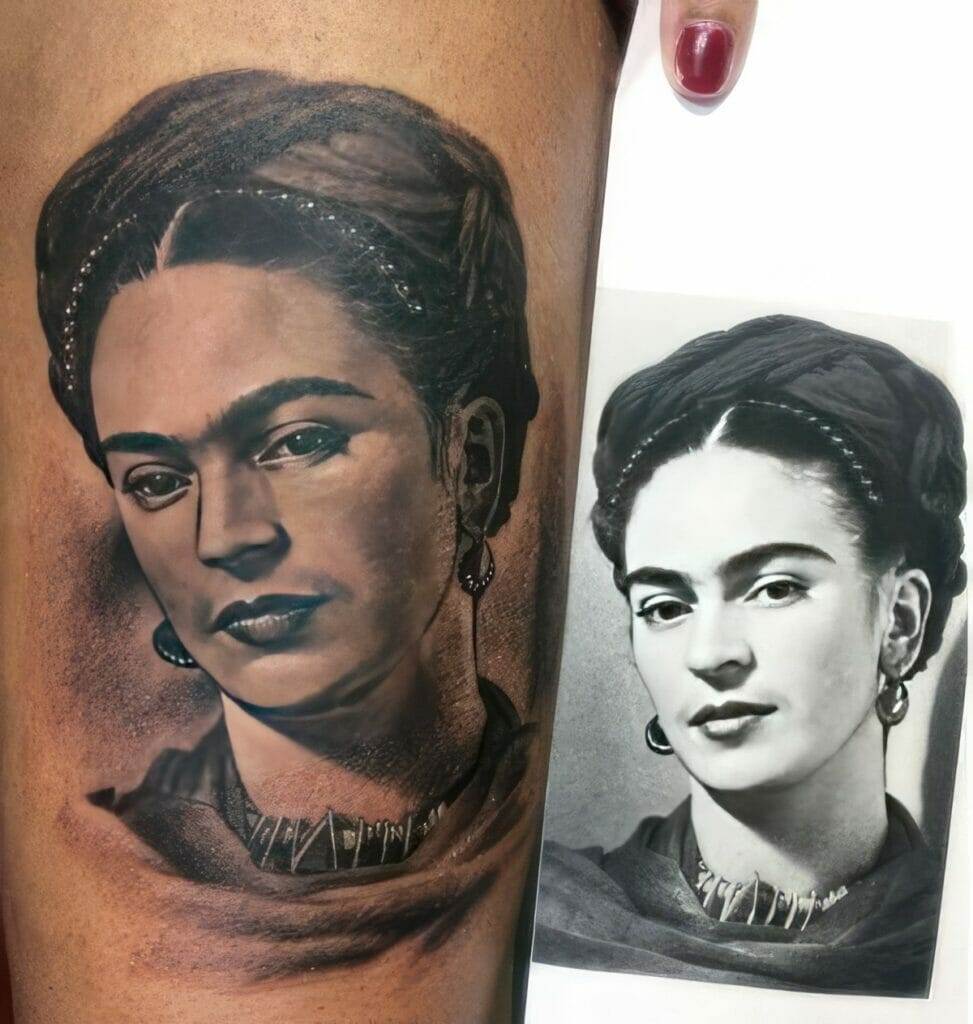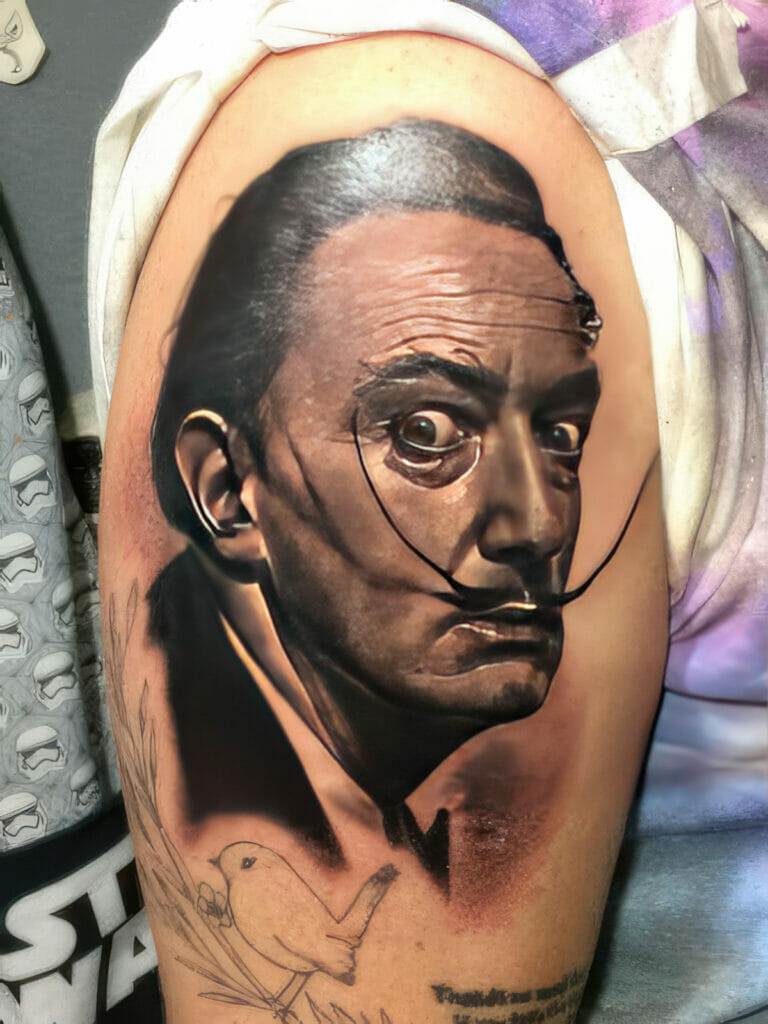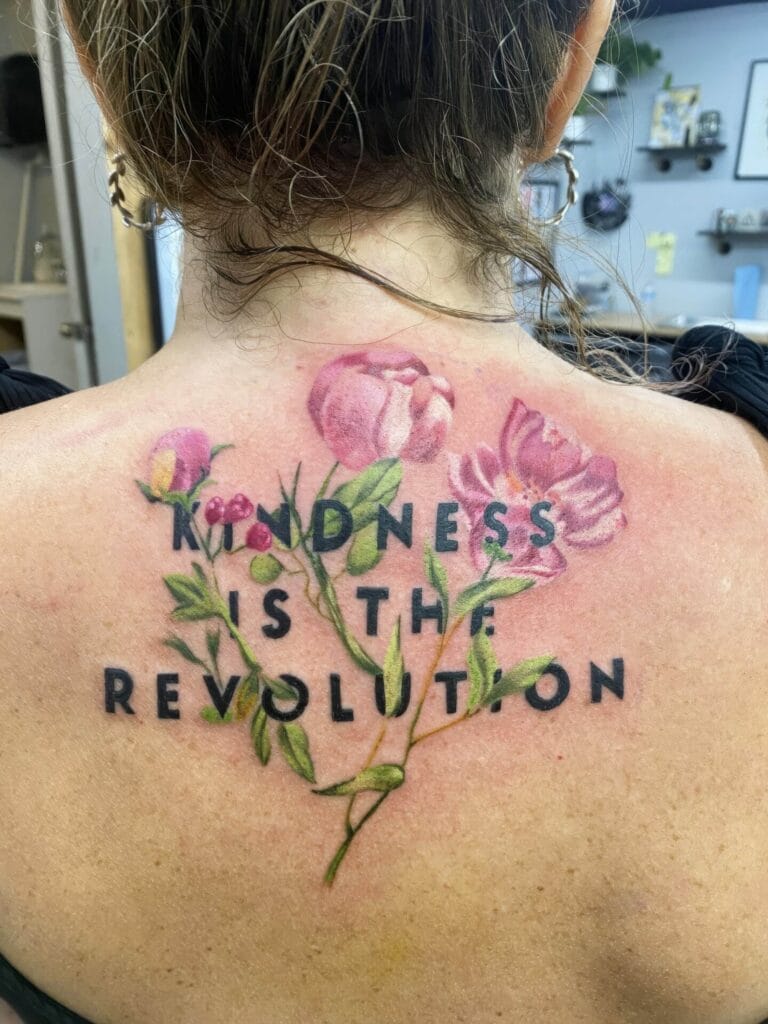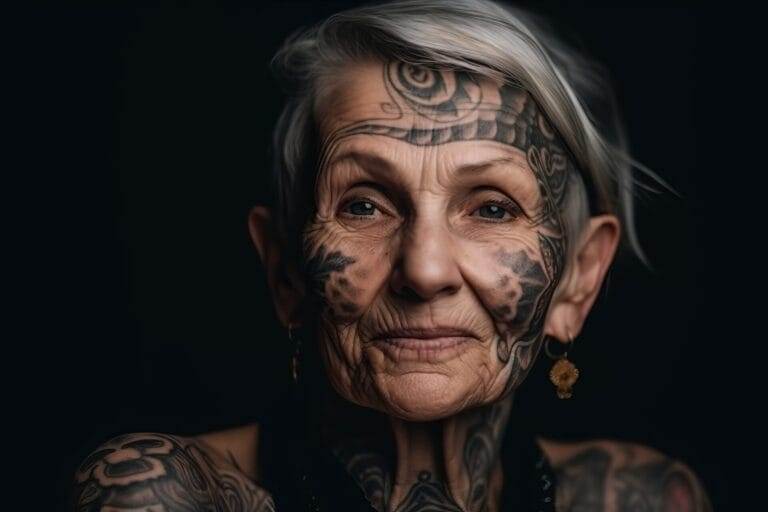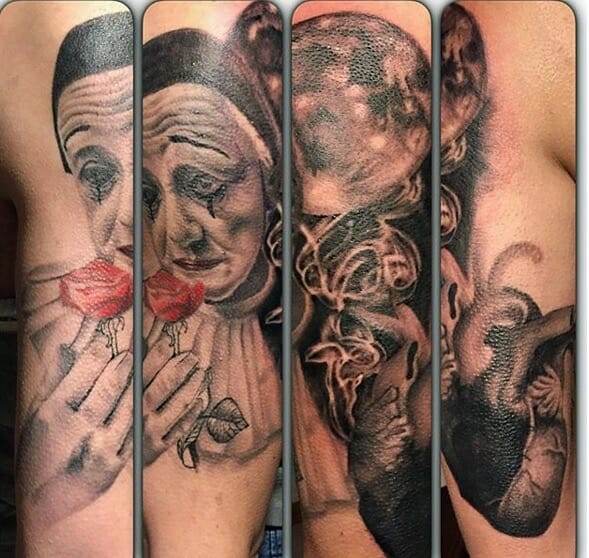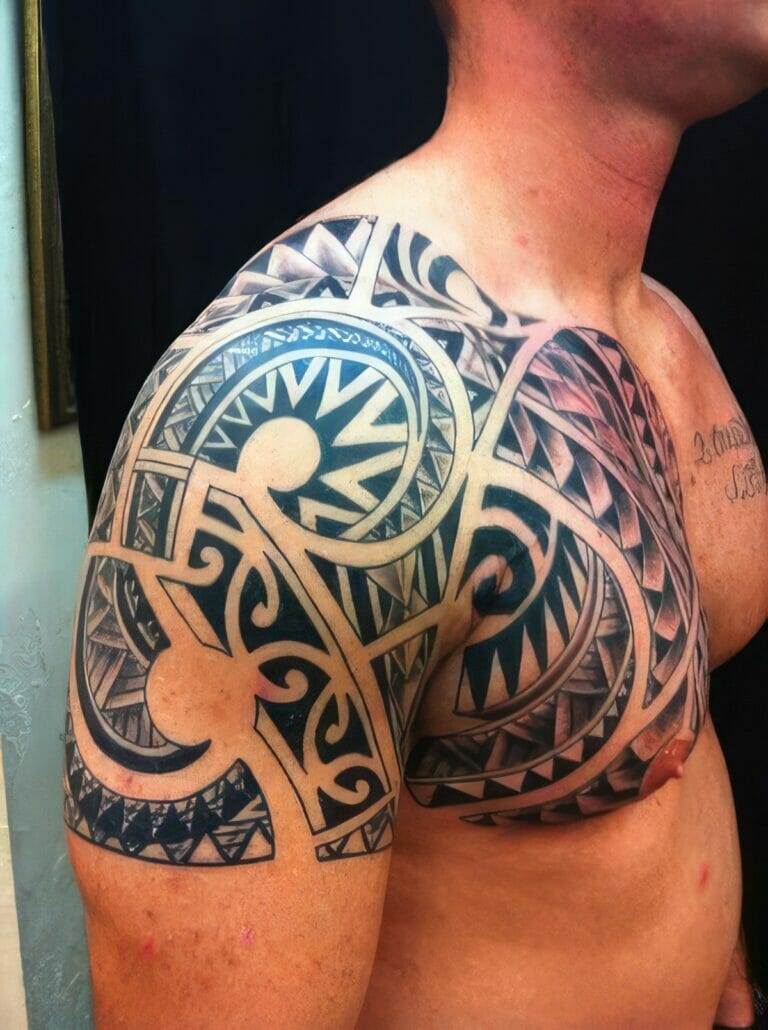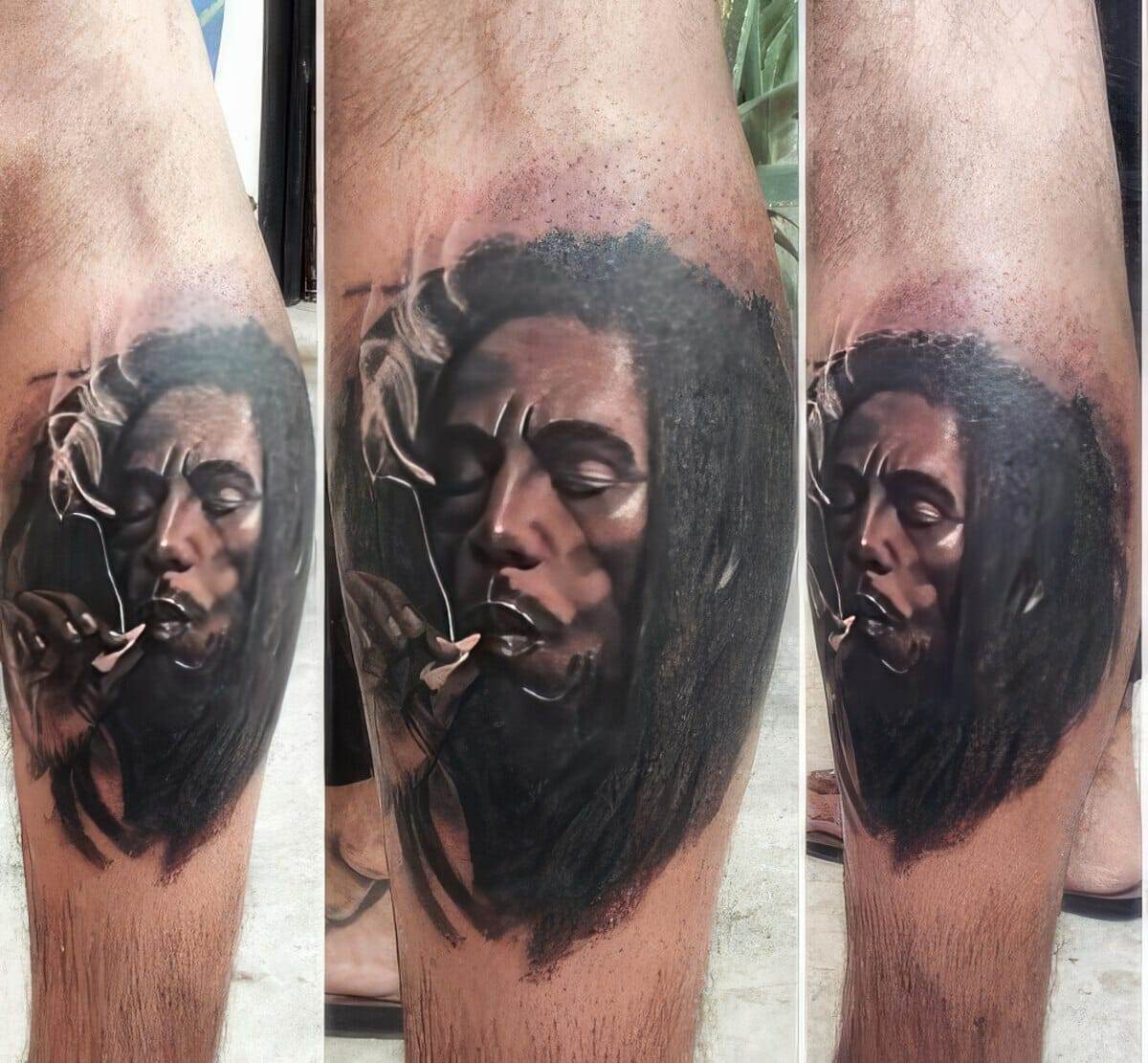
Lifelike portrait tattooing is a form of body art that involves creating a realistic representation of a person’s face or body on their skin. It has gained popularity in recent years due to advancements in tattooing techniques and the increasing demand for personalized and meaningful tattoos. Lifelike portrait tattoos allow individuals to immortalize their loved ones, honor their heroes, or capture a significant moment in their lives.
The History of Portrait Tattooing: From Ancient Times to Modern Day
Portrait tattooing has a long and rich history that dates back thousands of years. In ancient times, people would use tattoos to mark their bodies as a form of identification or to symbolize their status in society. However, it wasn’t until the 18th century that portrait tattooing became more prevalent.
During the 18th and 19th centuries, portrait tattoos were often done by hand using traditional tattooing techniques. Artists would use simple tools such as needles and ink to create the desired image on the skin. These tattoos were often crude and lacked the level of detail and realism that we see in modern portrait tattoos.
In the 20th century, advancements in tattooing technology and techniques allowed artists to create more realistic and detailed portrait tattoos. The introduction of electric tattoo machines made it easier for artists to achieve finer lines and shading, resulting in more lifelike portraits. Today, portrait tattooing has become a respected art form, with many talented artists specializing in this style.
The Art of Capturing Realistic Portraits in Tattoo Form
Creating a lifelike portrait tattoo is no easy task. It requires a high level of skill, attention to detail, and an understanding of human anatomy. One of the biggest challenges artists face when creating portrait tattoos is capturing the likeness and personality of the subject accurately.
To create a lifelike portrait tattoo, an artist must pay close attention to every detail, from the shape of the face to the texture of the skin. They must carefully study reference photos and take note of the subject’s unique features, such as their eye color, facial expressions, and even their wrinkles or scars. This level of detail is what sets lifelike portrait tattoos apart from other styles of tattooing.
Another important aspect of creating a lifelike portrait tattoo is shading. Shading helps to create depth and dimension, making the tattoo appear more three-dimensional. Artists use different shades of ink to mimic the natural shadows and highlights on the subject’s face, giving the tattoo a more realistic and lifelike appearance.
The Process of Creating a Lifelike Portrait Tattoo: From Consultation to Finished Product
The process of creating a lifelike portrait tattoo involves several steps, from the initial consultation to the finished product. The first step is to meet with the artist for a consultation, where you can discuss your ideas and expectations for the tattoo. The artist will also take reference photos and measurements to ensure accuracy.
Once the consultation is complete, the artist will begin sketching the design on paper or digitally. This allows them to refine the details and make any necessary adjustments before transferring the design onto the skin. Once the design is finalized, the artist will clean and prepare the area of skin where the tattoo will be placed.
Next, the artist will use a stencil or freehand technique to transfer the design onto the skin. This serves as a guide for the artist as they begin tattooing. Using a tattoo machine, the artist will carefully outline and shade the design, paying close attention to detail and ensuring that each stroke is precise.
Throughout the tattooing process, it’s important for the client to communicate with the artist and provide feedback. This allows the artist to make any necessary adjustments and ensure that the final result meets the client’s expectations. Once the tattoo is complete, the artist will clean and bandage the area to promote healing.
Understanding the Anatomy of the Human Face for Portrait Tattooing
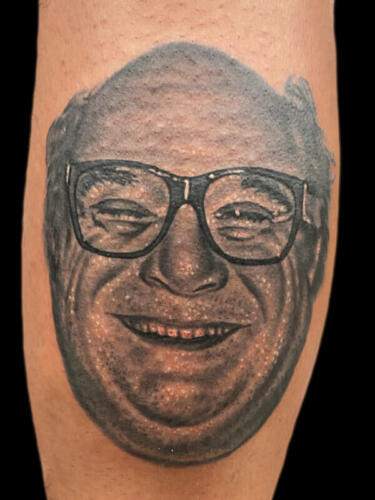
Understanding facial anatomy is crucial for creating a lifelike portrait tattoo. The human face is complex, with various structures and features that contribute to a person’s unique appearance. An artist must have a solid understanding of these structures and how they interact with each other to create an accurate representation.
One of the most important aspects of facial anatomy is proportions. The size and placement of features such as eyes, nose, mouth, and ears must be accurately represented in a portrait tattoo. Deviations from these proportions can result in an inaccurate likeness.
Another important aspect of facial anatomy is skin texture. The skin on the face is different from the skin on other parts of the body, with unique characteristics such as pores, wrinkles, and fine lines. Capturing these details in a portrait tattoo can make a significant difference in the overall realism of the tattoo.
Understanding facial anatomy also involves studying the different shapes and contours of the face. Each person has a unique bone structure and facial shape, which must be accurately represented in a portrait tattoo. An artist must pay close attention to these details and ensure that they are captured in the tattoo.
Techniques and Tools Used in Lifelike Portrait Tattooing
Creating a lifelike portrait tattoo requires the use of various techniques and tools. One of the most common techniques used by artists is called “black and gray” or “realism.” This technique involves using different shades of black ink to create depth and dimension, resulting in a more realistic representation.
Another technique commonly used in portrait tattooing is called “color realism.” This technique involves using a combination of black and colored ink to create a lifelike representation of the subject. Artists must carefully choose the right colors and shades to accurately capture the subject’s skin tone, hair color, and other features.
In addition to these techniques, artists also use various tools to create lifelike portrait tattoos. The most common tool used is a tattoo machine, which allows for precise control over the needle and ink. Artists may also use different types of needles, such as round shaders or magnum shaders, depending on the desired effect.
The Role of Color and Shading in Creating a Realistic Portrait Tattoo
Color and shading play a crucial role in creating a realistic portrait tattoo. The right colors and shades can bring a tattoo to life, while poor color choices or inadequate shading can result in a flat or unnatural-looking tattoo.
When it comes to color, artists must carefully choose the right shades to accurately represent the subject’s skin tone, hair color, and other features. They must also consider how the colors will age over time, as tattoos can fade and change in appearance over the years. Experienced artists understand how different colors interact with each other and how they will look on the skin.
Shading is another important aspect of creating a realistic portrait tattoo. Shading helps to create depth and dimension, making the tattoo appear more three-dimensional. Artists use different shades of ink to mimic the natural shadows and highlights on the subject’s face, giving the tattoo a more realistic and lifelike appearance.
Common Challenges and Solutions in Portrait Tattooing
Creating a lifelike portrait tattoo comes with its fair share of challenges. One of the biggest challenges artists face is capturing the likeness and personality of the subject accurately. Every person has unique features and characteristics that make them who they are, and it’s essential for an artist to capture these details in a tattoo.
To overcome this challenge, artists must carefully study reference photos and take note of the subject’s unique features. They must pay close attention to every detail, from the shape of the face to the texture of the skin. By focusing on these details and using their skills and techniques, artists can create a lifelike representation of the subject.
Another common challenge in portrait tattooing is achieving realistic shading. Shading helps to create depth and dimension in a tattoo, but it can be challenging to get it right. Artists must carefully choose the right shades of ink and use proper techniques to achieve a realistic shading effect.
To overcome this challenge, artists often practice shading techniques extensively before attempting a portrait tattoo. They experiment with different shades of ink and study how light interacts with different surfaces to create shadows and highlights. Through practice and experience, artists can develop their skills and create lifelike shading in their portrait tattoos.
The Emotional Impact of Lifelike Portrait Tattoos: Stories from Clients and Artists
Lifelike portrait tattoos can have a significant emotional impact on both the clients who get them and the artists who create them. For clients, these tattoos often serve as a way to honor and remember loved ones who have passed away or to commemorate a significant moment in their lives. The lifelike representation of a person’s face or body can bring comfort and serve as a reminder of their presence.
For artists, creating lifelike portrait tattoos can be a deeply rewarding experience. They have the opportunity to capture the essence and personality of a person in their artwork, creating a lasting tribute that will be cherished by the client. Many artists feel a sense of fulfillment knowing that their work has such a profound impact on someone’s life.
There are countless stories of clients who have been deeply moved by their lifelike portrait tattoos. From parents getting tattoos of their children to soldiers honoring fallen comrades, these tattoos hold immense emotional significance. Artists also have their own stories of clients who have shared their personal stories and expressed gratitude for the lifelike portraits they have created.
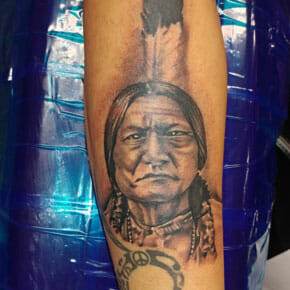
The Beauty and Significance of Lifelike Portrait Tattoos
Lifelike portrait tattoos are not just pieces of art; they are meaningful forms of self-expression. They allow individuals to immortalize their loved ones, honor their heroes, or capture a significant moment in their lives. These tattoos serve as reminders of the people and moments that have shaped us, and they hold immense emotional significance.
Creating a lifelike portrait tattoo is no easy task. It requires a high level of skill, attention to detail, and an understanding of human anatomy. Artists must carefully study reference photos, pay close attention to every detail, and use proper techniques to create a realistic representation.
When choosing an artist for your portrait tattoo, it’s important to do your research and find someone who specializes in this style. Look at their portfolio, meet with them for a consultation, and ensure that they understand your vision. Communication is key in creating a lifelike portrait tattoo that accurately captures the essence of the subject.
In the end, lifelike portrait tattoos are a beautiful and significant form of self-expression. They allow us to carry our loved ones with us wherever we go and serve as a reminder of the people and moments that have shaped us. Whether it’s a tattoo of a family member, a beloved pet, or a personal hero, lifelike portrait tattoos hold immense emotional significance and are a testament to the power of art.

